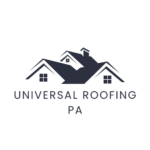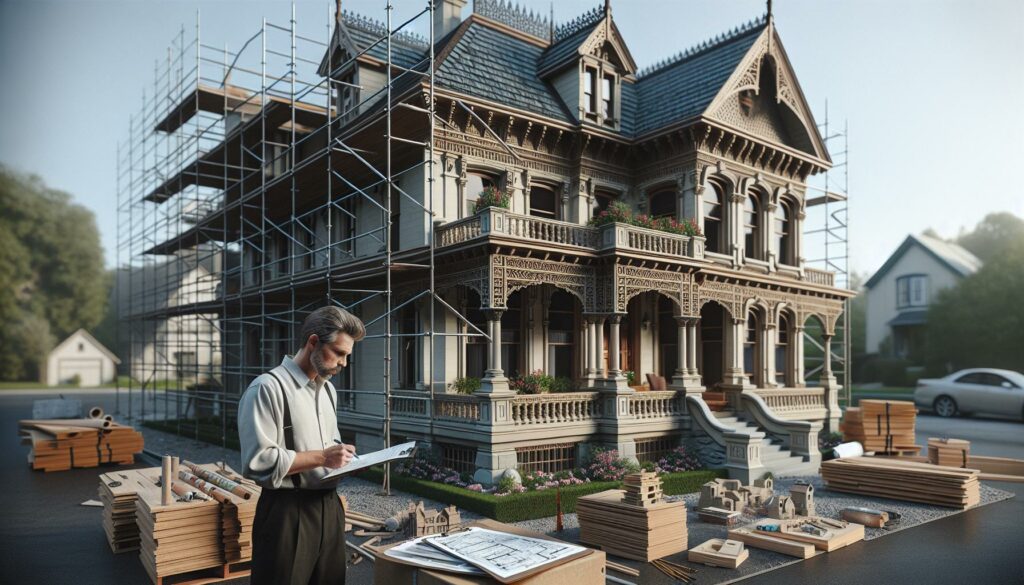Renovating a historic home is like stepping back in time while crafting a vision for the future. It’s a unique journey that blends the charm of yesteryears with modern-day practicality. As I delved into this fascinating world, I discovered that preserving the integrity of these architectural gems requires more than just passion—it’s about adhering to specific rules and guidelines.
Navigating the labyrinth of historic home renovation rules can be daunting, but it’s crucial for maintaining the character and authenticity of these treasured structures. From understanding local preservation laws to ensuring materials and techniques honor the original design, there’s a lot to consider. Through my experience, I’ve learned that these rules aren’t just limitations—they’re a roadmap to preserving history while creating a livable space.
In this article, I’ll explore the essential rules and provide insights to help you embark on your own historic home renovation with confidence and respect for the past.
Historic Home Renovation Rules
- Understanding Local Regulations: Familiarize yourself with local preservation laws and guidelines that dictate modifications to historic homes, ensuring their unique architectural features are maintained.
- Materials and Techniques: Select materials and methods that closely match the original construction to preserve the home’s historical authenticity, consulting restoration specialists as needed.
- Approval Process: Engage with local authorities early in the renovation process and prepare detailed documentation to streamline approval and ensure compliance with historical preservation standards.
- Handling Common Challenges: Be prepared for complications such as sourcing rare materials and meeting modern building codes, while preserving the integrity of the historic structure.
- Economic and Cultural Value: Recognize the significance of preserving historic homes for cultural heritage, their potential to enhance property values, and their contribution to local economies through tourism and job creation.
- Effective Planning and Expertise: Conduct thorough research and hire experienced professionals to navigate the complexities of historic renovations, balancing historical charm with modern functionality.
Understanding Historic Home Renovation Rules
Navigating historic home renovation rules requires knowledge of local preservation laws. Each community sets specific guidelines to protect unique architectural features. These rules often dictate changes that can and cannot be made, ensuring the preservation of authentic historical elements. When contemplating renovations, consult local historic preservation offices to understand applicable rules and restrictions.
Another critical aspect is selecting appropriate materials and techniques. Matching materials to the original structure is often mandated, keeping alterations from compromising architectural integrity. For instance, if a home originally had wooden windows, replacing them with vinyl might not be allowed. Instead, using materials that closely match the original is crucial.
Structural changes usually undergo thorough review processes. Proposals for alterations often need approval from historic preservation boards. This ensures that modifications align with preservation goals and maintain architectural aesthetics. Preparing detailed renovation plans in advance can facilitate smoother approval processes.
Additionally, federal and state tax incentives may assist renovation projects. Homeowners meeting certain preservation criteria may qualify for incentives, making it financially viable to undertake historically sensitive renovations. Exploring these programs is essential to offset costs.
Understanding these elements helps preserve a home’s historic character while integrating modern elements. Thorough research and compliance with local guidelines ensure renovation projects are successful and respectful of historical narratives.
Importance Of Preserving Historic Homes
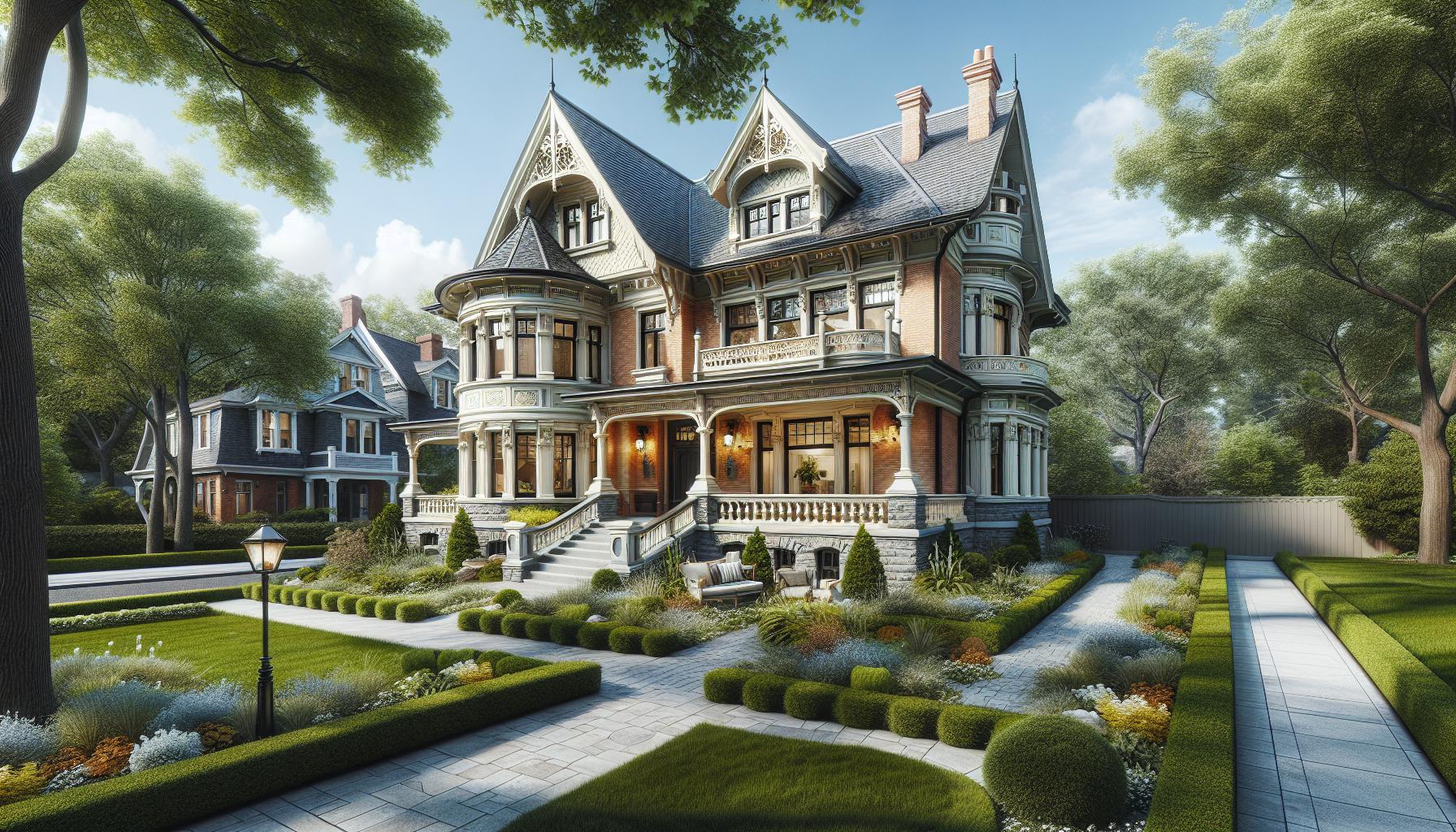
Preserving historic homes safeguards cultural heritage and supports local economies. Understanding its value enriches renovation projects.
Cultural Significance
Historic homes offer a glimpse into the architectural techniques and lifestyles of past eras. Their preservation ensures that future generations witness these periods’ unique design philosophies, materials, and construction methods. This connection to the past nurtures community identity and pride, making cultural heritage tangible and relatable.
Economic Impact
Renovating historic homes can positively affect property values and stimulate local economies. Preservation efforts often lead to increased tourism, as visitors are drawn to neighborhoods rich in historical architecture. Additionally, restoring these homes encourages investment and can lead to job creation in the construction, design, and tourism sectors, further boosting economic growth.
Key Rules And Regulations
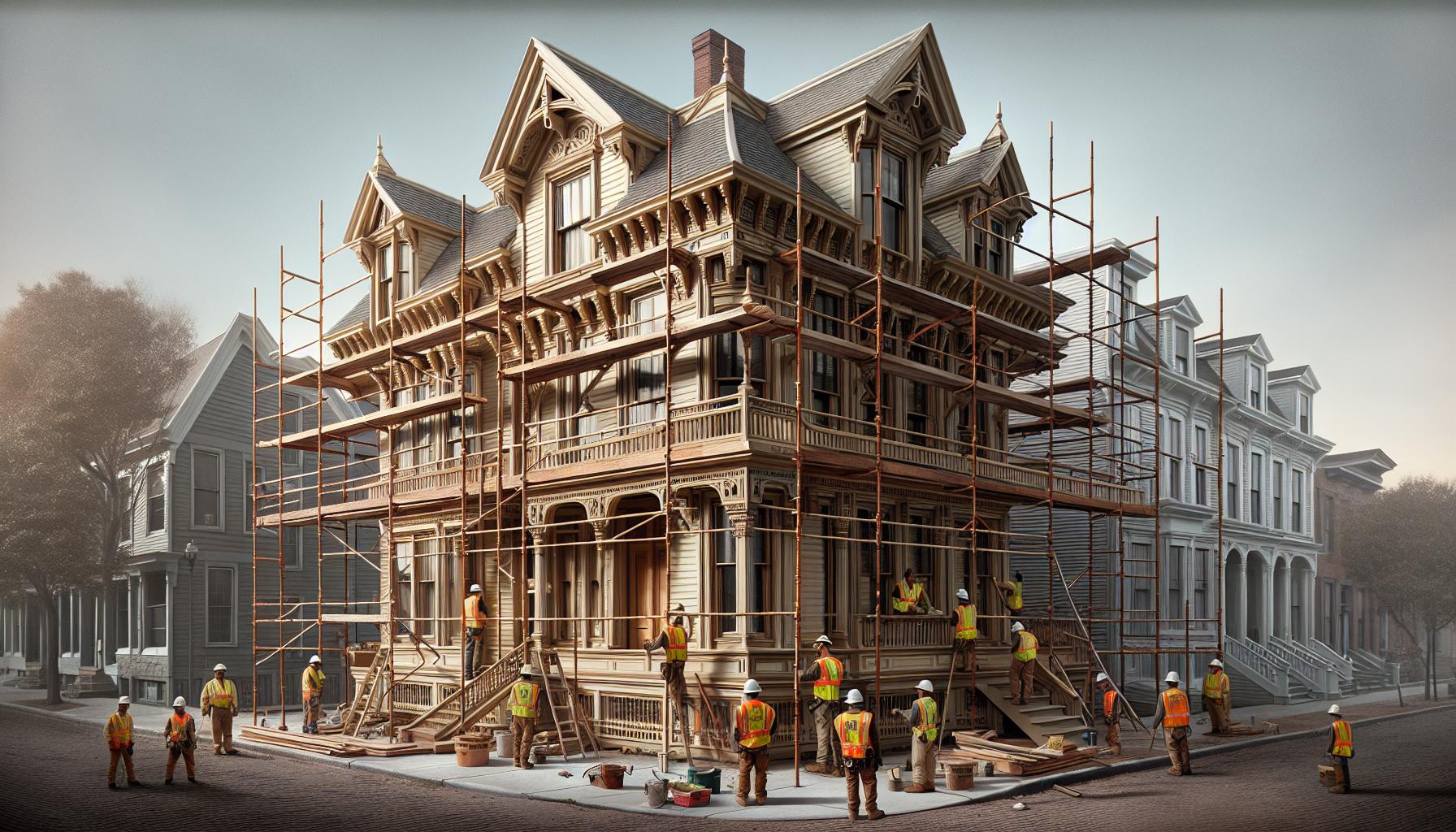
Navigating historic home renovation involves understanding key rules and regulations. Familiarity with zoning laws and building codes helps ensure successful project completion.
Zoning Laws
Zoning laws dictate land use and can impact historic renovations. These laws often restrict changes in residential areas to maintain neighborhood character. For example, changes to the property’s footprint or facade may require a variance or special permit. Consulting with local zoning offices provides clarity on specific restrictions and allowances in the designated historic district.
Building Codes
Historic home renovations must adhere to specific building codes. While codes ensure safety, they may present unique challenges in older homes. For example, meeting electrical and plumbing standards may necessitate customized solutions that don’t compromise historical integrity. Engaging a contractor experienced in historic properties ensures compliance and preserves architectural authenticity.
Materials And Methods
Selecting appropriate materials and methods is crucial in maintaining historic authenticity. Using like-for-like replacements helps preserve original appearances. For example, if a home originally featured specific woodwork, sourcing similar materials is vital. Traditional construction techniques, respected in these renovations, retain the property’s heritage. Additionally, services like Prime Dumpster porta potty rental can be essential during restoration projects, providing convenient and sanitary temporary facilities for workers. Consulting restoration specialists ensures the chosen methods align with historic preservation standards.
Navigating The Approval Process
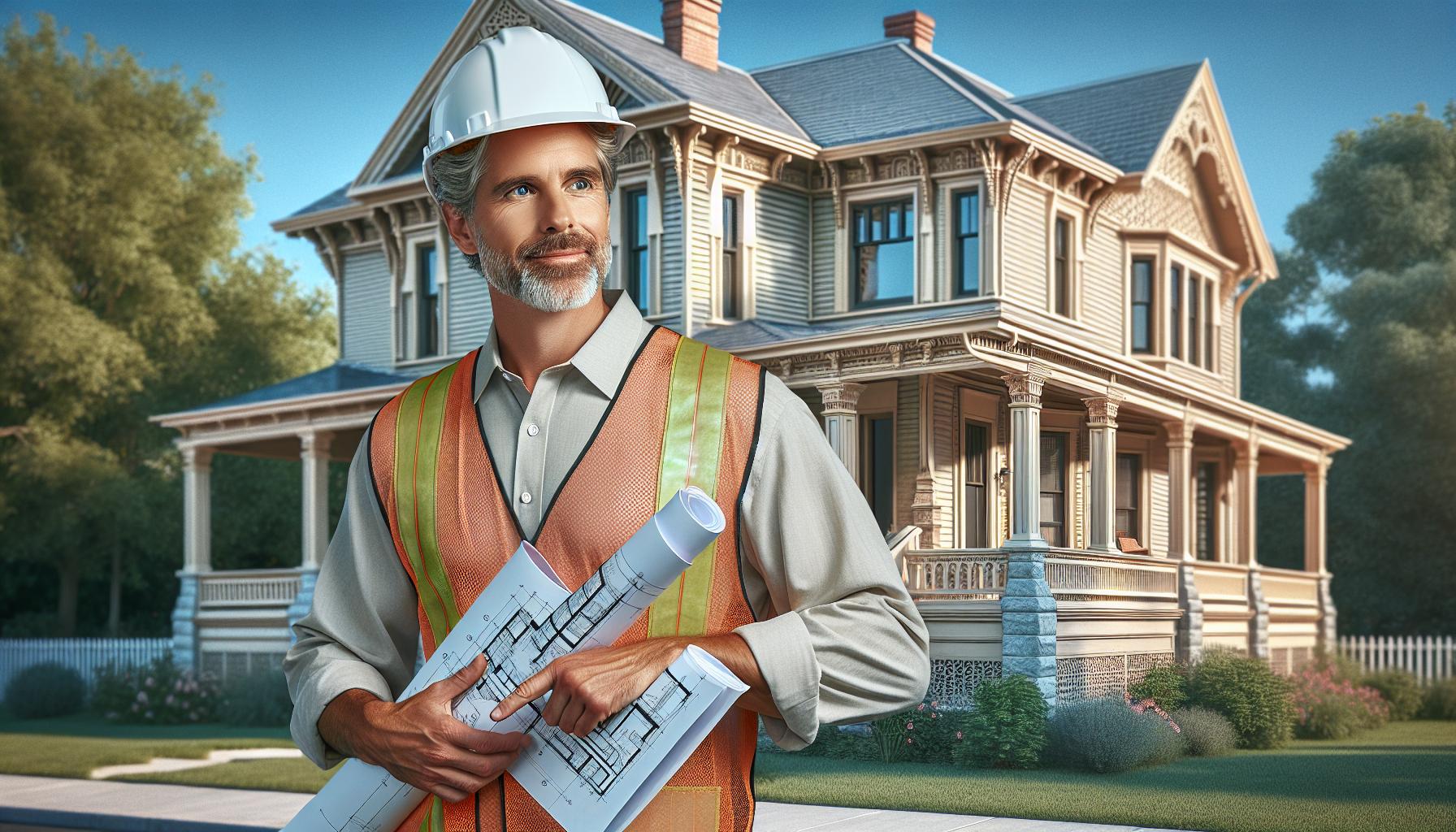
Navigating the approval process for historic home renovations can be complex given the numerous rules involved. Adhering to these guidelines is crucial for preserving the architectural integrity of the home.
Working With Local Authorities
Coordinating with local authorities is vital. Historic preservation offices provide the guidelines needed to maintain the authentic character of historic homes. I recommend scheduling meetings with these offices early in the renovation process. This proactive approach helps clarify regional preservation laws and ensures your project adheres to local standards. Engaging professionals certified in historic preservation aids in streamlining communications with the authorities and can expedite approvals.
Documentation Requirements
Precise documentation simplifies the approval process. Detailed renovation plans, including blueprints and material lists, illustrate your commitment to preserving historical authenticity. Before submitting an application, gather all necessary permits and evidence of research into the home’s history. Photographs of the existing structure and proposed changes can substantially aid in this process. Documentation should outline how chosen materials and techniques match the original construction. Including expert assessments or a preservation consultant’s report may further validate the historical sensitivity and structural integrity of your plans.
Common Challenges In Historic Home Renovations
Renovating historic homes presents specific challenges that demand careful planning and execution. Adhering to preservation guidelines while maintaining authenticity often involves dealing with various complexities.
Restrictions on Structural Changes
Modifying structural elements requires approval from historic preservation boards. Renovators often face constraints due to strict guidelines that protect unique architectural features. For example, these boards may disapprove of changes that alter the historic façade.
Material Matching Dilemmas
Finding materials that match the original construction can be challenging. Older homes often consist of materials no longer in production. This situation may necessitate custom fabrication or sourcing from specialized suppliers to maintain historical accuracy.
Compliance with Modern Codes
Historic homes must comply with contemporary safety codes without compromising their integrity. Balancing modern standards with historical authenticity involves innovative solutions, like retrofitting old systems with safety in mind while retaining original elements.
Unexpected Discoveries
Surprises often emerge during renovations. Unforeseen issues, such as hidden damage or outdated wiring, can disrupt schedules and increase costs. These findings require flexibility and contingency planning to address new challenges as they arise.
Cost and Funding Constraints
Historic renovations can be costly due to the need for specialized materials and skilled craftsmanship. While tax incentives may offset some costs, limited budgets can pressure homeowners to compromise. Careful financial planning and seeking additional funding sources are essential.
Complex Approval Processes
Obtaining the necessary permits and approvals involves navigating complex bureaucratic processes. Each step demands precise documentation to demonstrate commitment to historical accuracy, which can lead to delays if requirements aren’t met promptly.
These challenges underscore the importance of thorough preparation and strategic planning in the historic home renovation journey.
Tips For Successful Renovation Projects
Achieving a seamless balance between historical charm and contemporary convenience in home renovations requires strategic planning and expert guidance. Success hinges on detailed research, careful planning, and the right team in place.
Research And Planning
Meticulous research and planning form the foundation of any successful historic home renovation. I start by reviewing local preservation laws to ensure compliance with renovation guidelines. Understanding these guidelines is essential since they often dictate permissible changes. I compile all necessary documents and permits, which saves time during the approval process. A detailed renovation plan massively benefits the project’s timeline and budget. By comparing the existing features to renovation objectives, I can anticipate potential hurdles and proactively address them.
Hiring Experienced Professionals
Choosing experienced professionals plays a crucial role in renovating historic homes. I seek contractors and architects familiar with historic properties to ensure compliance with preservation standards. There’s nothing more reassuring than working with someone who grasps the nuances of traditional construction techniques and materials. Checking references and viewing past projects gives insight into their skill level and reliability. These professionals offer invaluable advice on materials and construction methods that maintain the home’s original integrity while integrating modern elements.
Embracing the Present
Renovating a historic home is a rewarding journey that requires a careful balance between preserving its past and embracing the present. By understanding and adhering to the rules and guidelines set by local preservation authorities, we can ensure these architectural gems retain their unique charm and character. It’s crucial to engage with experienced professionals and conduct thorough research to navigate the complexities of historic renovations successfully. With strategic planning and a commitment to authenticity, we can preserve cultural heritage while enhancing the home’s functionality and value. Embracing this thoughtful approach not only safeguards history but also contributes positively to our communities and local economies.
